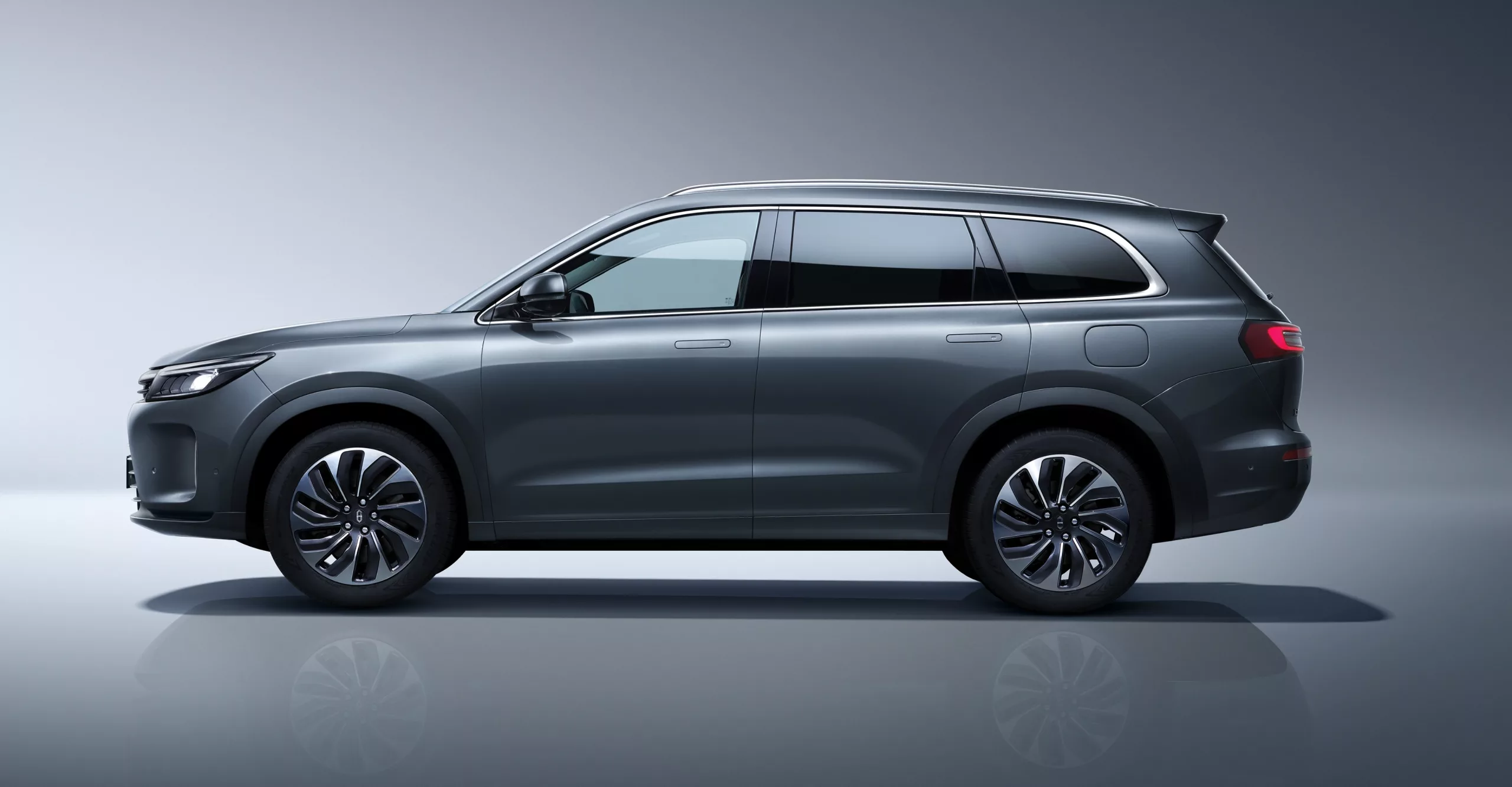In the realm of electric transportation, February 2024 bore witness to a modest 3% increase in global plugin vehicle registrations compared to the same month in the previous year, with 830,000 new units marking potentially the last time monthly sales might dip below the one million threshold. Despite a 6% year-over-year decline for Battery Electric Vehicles (BEVs), the dip is primarily attributed to the Lunar New Year festivities which briefly decelerated the world’s leading EV market in China, rather than indicating any cause for concern.
Plugins have carved out a significant 13% slice of the total automobile market share (with 8% attributed to BEVs), thus keeping the industry firmly within what’s been dubbed the Electric Disruption Zone. The early 2024 tallies show plugins commanding a 14% market share, of which 9% belong to BEVs.
Diving into the details, BEVs claimed 64% of February’s plugin registrations, bringing their year-to-date share to an impressive 63%.
Top Performers in the EV Market
Best Selling EV Models
Tesla capitalized on China’s slower month with its Model Y leading the pack followed by the Model 3, which edged out BYD‘s popular vehicles. The surprise of the year is the Aito M7 SUV, which not only sits comfortably in the top five for February but also outpaces the competition significantly within the full-size vehicle category.
Other notable contenders include Volkswagen Group making a splash with three of its models entering the top 20 rankings, reflecting the group’s resilience against the slower Chinese production pace. Meanwhile, the Jeep Wrangler PHEV from Stellantis makes an impressive showing, and MG‘s Mulan takes advantage of the reduced tempo to climb higher on the leaderboard.
Chery‘s new entry, the Fengyun A8 PHEV, captured attention with a surprising surge into the top 20—highlighting the potential for under-the-radar brands to rise in the EV stakes dramatically.
Year-to-Date Standouts
The year-to-date (YTD) rankings remain largely consistent with previous leaders, although the Tesla Model 3 is swiftly closing in on BYD’s Song, hinting at a potentially riveting competition for the second spot in the coming months. Close behind, the BYD Qin Plus overtook the AITO M7, and the Wuling Mini EV manages an incremental rise within the top rankings.
VW’s ID series is progressing up the YTD table, with its ID.4 and ID.3 models climbing thanks to their proactive maneuvers against most Chinese EV makers’ slower month.
Brand Ranking Upheavals
In the brand scenario, BYD narrowly surpassed Tesla during an unusually slow month, which could be a precursor to a formidable sale surge following BYD’s aggressive strategy against ICE competition. Other legacy brands like Kia, Jeep, and Stellantis saw improvements, indicating a repositioning in the market dynamics towards electric mobility.
Toyota, despite its significant presence in the Chinese market, showed a considerable decline. Their YTD performance will be crucial to watch, especially with the stark 38% year-over-year drop they experienced in China during February.
OEMs Leading the EV Sales Charge
Examining registrations by OEM, BYD leads, albeit with a reduction in market share, while Tesla’s share grows as expected. Geely–Volvo maintains third place, though with a slight loss, and Volkswagen Group and SAIC see upward trends.
When narrowing the focus to BEVs, Tesla secures its pole position with nearly one-fifth market share, trailed by BYD. The podium’s last step has changed ownership, with SAIC edging out Geely-Volvo, and Volkswagen Group in pursuit of closing the gap.
This landscape depicts a clear message: Electric Vehicles are progressively eclipsing conventional combustion engines, and as the market continues to evolve, the race for dominance among legacy automakers and electric-focused brands alike escalates with each passing month.
